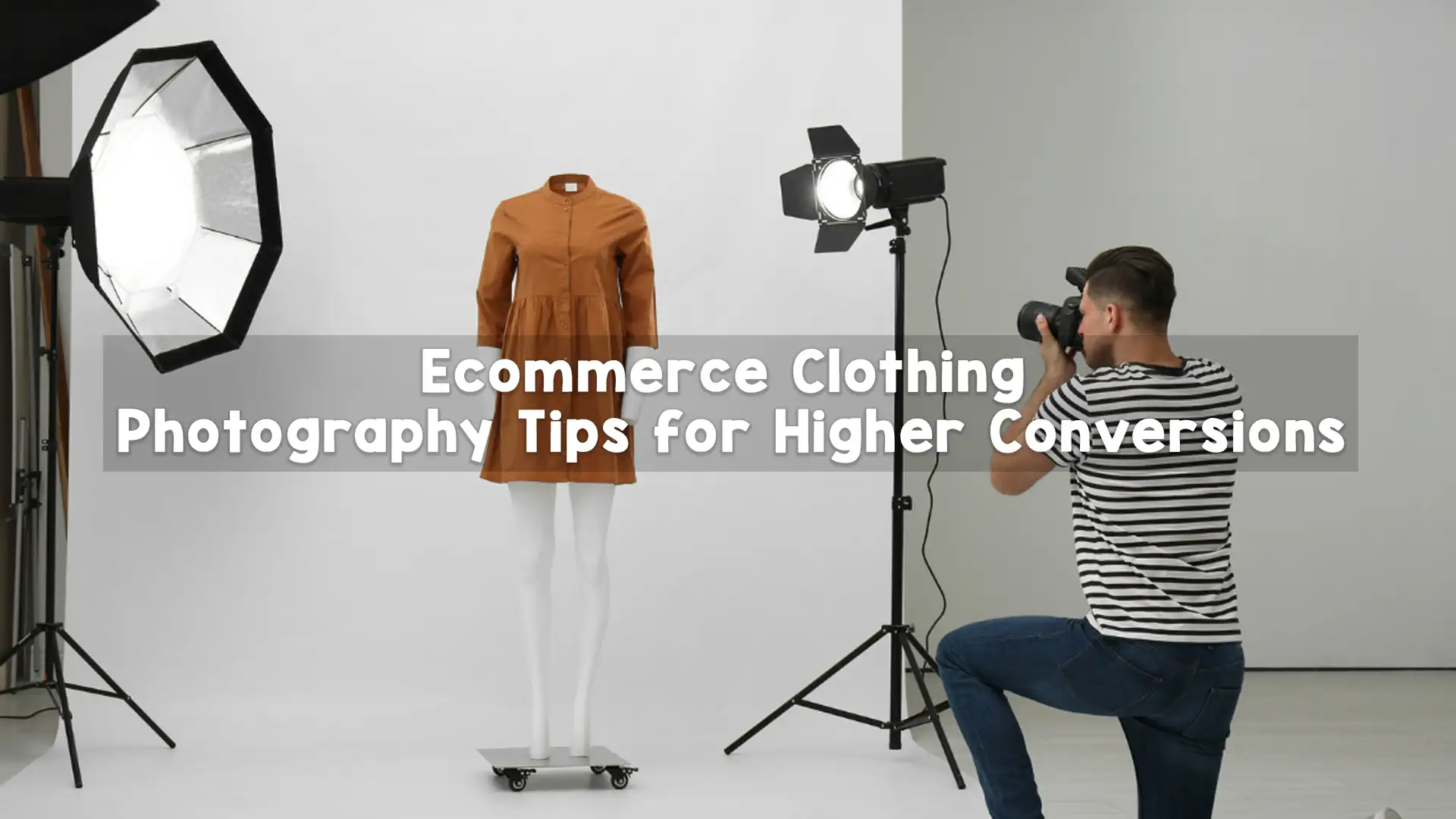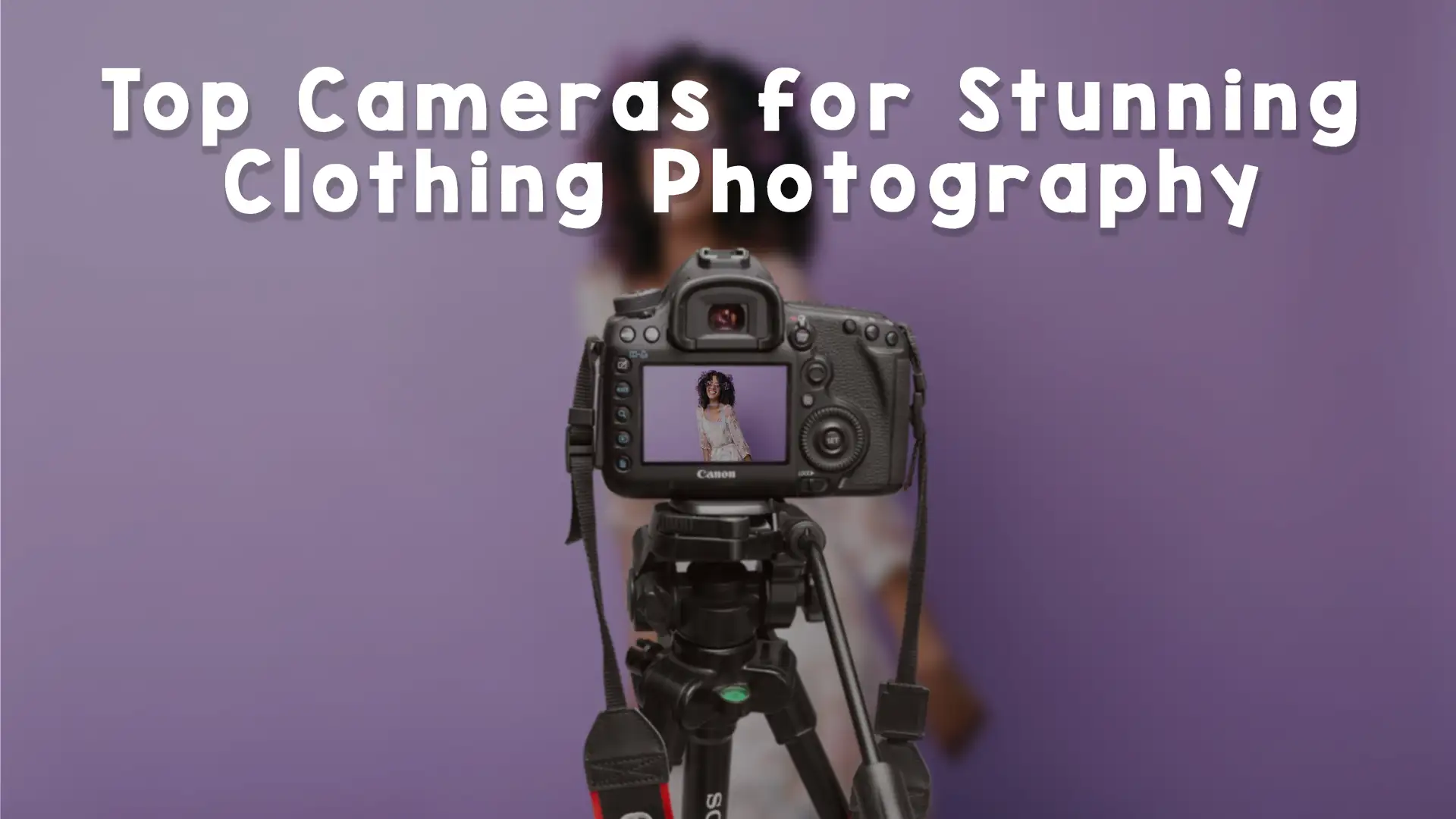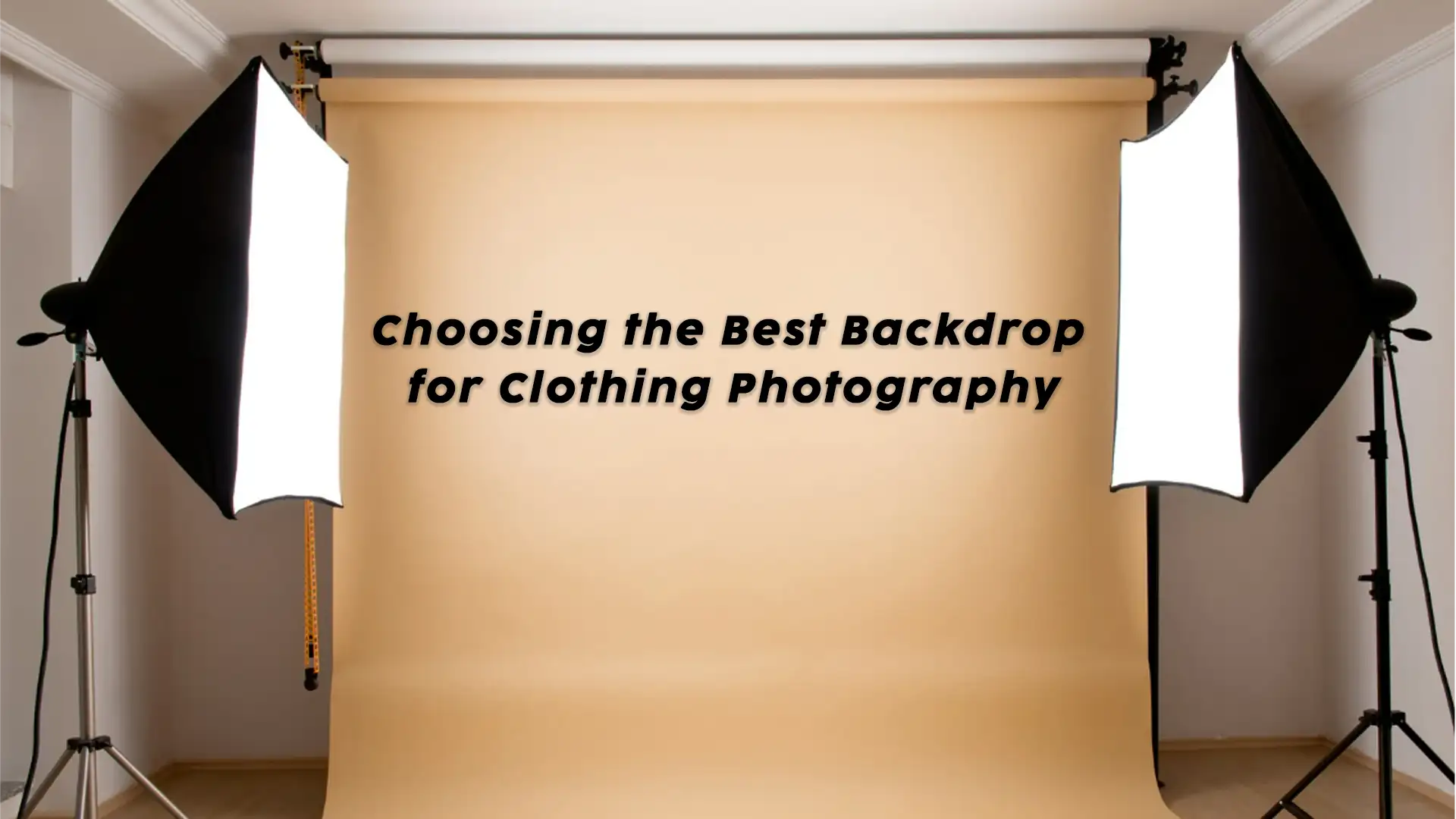Clothes photography plays a crucial role in the fashion industry, especially in the digital age where most shopping happens online. Whether you’re a fashion brand, an e-commerce seller, or a boutique owner, showcasing your clothing in the most appealing way is essential. High-quality clothes photography helps attract potential buyers, highlights the design and fabric, and builds trust in your brand. In this article, we will explore the most effective tips and essential tools used in professional clothes photography. We’ll also dive into common challenges, how to overcome them, and how to get the best results—whether you’re shooting in a studio or at home.
Understanding the Importance of Clothes Photography
Before jumping into the technical aspects, it’s important to understand why clothes photography is so important. Unlike in physical stores where customers can touch and try on garments, online shopping relies entirely on images. These photos are the first and sometimes the only impression a customer has of your product. Poor quality or unclear images can lead to lost sales, while high-quality clothes photography can significantly increase your conversion rate.
Professional clothes photography not only shows what the garment looks like—it communicates texture, fit, color, and style. It also helps tell the brand story and supports marketing efforts. This is why investing time, effort, and the right resources into your photos is a must.
Preparing Your Garments for the Shoot
One of the first steps in clothes photography is making sure your clothes are shoot-ready. Wrinkled, stained, or poorly fitted garments can ruin a great photo. Start by thoroughly cleaning and ironing each piece. Even minor wrinkles can show up in high-resolution photos and distract from the product. You should also remove any lint or tags that aren’t meant to be shown.
Presentation is everything. Make sure each garment is properly shaped. For example, shirts should have smooth sleeves and aligned collars, and dresses should flow naturally. Preparing your garments in advance can save a lot of time during editing and ensure a more polished final image.
Choosing the Right Photography Setup
Lighting, background, camera equipment, and layout all affect the quality of clothes photography. If you want to create clean and consistent images, shooting in a controlled environment like a studio is ideal. A plain white or neutral background works best for highlighting clothing without distractions.
Natural lighting can be beautiful, but it’s not always reliable. Studio lights give you full control and can be adjusted to remove shadows and emphasize details. Softboxes and reflectors are great tools for achieving soft, even light. If you’re using artificial light, make sure the color temperature matches to avoid color distortion.
Using a tripod is another key tool in clothes photography. It keeps the camera stable, ensuring sharp, consistent images. A DSLR or mirrorless camera with a good lens will provide the best quality, but even a high-end smartphone can produce excellent results with the right lighting and technique.
Choosing the Right Photography Style
There are different styles of clothes photography, and the choice depends on your goals. The most common styles include flat lay, ghost mannequin, and model photography.
Flat lay photography involves laying garments on a flat surface and shooting from above. It’s simple, affordable, and effective for showing basic items like t-shirts and jeans. It works well for social media and websites.
Ghost mannequin photography gives a 3D effect without showing the model. This is achieved by placing the garment on a mannequin and editing out the mannequin in post-production. It helps show fit and structure, especially for jackets, dresses, and formal wear.
Model photography involves shooting the clothes on a live model. It’s the most dynamic and expressive style of clothes photography. It helps customers imagine how the garment will look and move on a real person. This style is ideal for fashion brands that want to express personality and lifestyle.
Each style has its own benefits, and sometimes a mix of styles works best. You might use flat lay for quick product shots and model photography for campaigns and advertisements.
Setting Up the Lighting
Lighting can make or break a clothes photography session. Good lighting ensures that colors are accurate and details are visible. Soft, diffused light works best for clothing because it reduces harsh shadows and reflections. A three-light setup is commonly used—one key light, one fill light, and a backlight. This creates a balanced look and highlights the clothing’s depth and texture.
For budget setups, natural light from a window paired with a white reflector can give great results. Just be careful of changing sunlight which can cause inconsistencies between shots. Avoid using your camera’s flash directly on the garment, as it can cause flat lighting and glare.
When using artificial lighting, consider the color temperature. Daylight bulbs around 5500K are ideal for clothes photography. Mixing light sources with different color temperatures can cause unwanted color shifts in the fabric.
Camera Settings for Best Results
Whether you’re using a DSLR, mirrorless camera, or smartphone, the right settings will help you get the most out of your shoot. In clothes photography, sharpness and color accuracy are vital.
Use a low ISO setting (like 100 or 200) to avoid graininess. Aperture should be set to a mid-range value (like f/8) to keep the entire garment in focus. Shutter speed can be adjusted depending on your lighting—if you’re using a tripod, you can afford slower speeds.
Use manual white balance or a gray card to ensure color accuracy. This is especially important in clothes photography where even a slight color shift can misrepresent the product.
Always shoot in RAW format if your camera allows it. RAW files retain all image data and make editing much easier without losing quality.
Styling and Posing Tips
If you’re photographing clothes on a model, posing is a key part of the process. The goal is to highlight the fit, movement, and personality of the clothing. Poses should feel natural, not stiff. Let the model walk, turn, or adjust the garment slightly between shots to capture a more realistic look.
Make sure the clothing fits the model properly. Oversized or undersized garments can look awkward and may give a misleading impression of the fit.
In flat lay or mannequin styles, symmetry and alignment matter a lot. Keep seams straight, collars aligned, and sleeves evenly spread. Use pins or clips at the back of the garment to create shape if needed. Pay attention to details—tucked labels or folded cuffs can make a big difference.
Post-Production and Editing
Editing is where your clothes photography truly comes to life. Even the best photos need a little touch-up to look professional. This is where post-production becomes essential.
In clothes photography, the most common edits include removing wrinkles, adjusting colors, enhancing textures, and cleaning up the background. Color correction is especially important to ensure the garment looks exactly like it does in real life.
Background removal is often used for e-commerce platforms like Amazon or Shopify that require white backgrounds. Ghost mannequin editing also happens during post-production, where the mannequin is removed and the inner parts of the garment are reconstructed digitally.
Cloning tools and frequency separation are useful for fixing fabric imperfections without losing texture. Shadows can also be added or adjusted to give the product a more natural look.
Professional post-production can elevate your clothes photography from good to amazing. It ensures consistency across your product line and saves time on reshoots.
Common Mistakes to Avoid
Even experienced photographers can make mistakes. One common issue is poor garment preparation. A wrinkled or lint-covered outfit can ruin a shoot. Always prep your clothes beforehand.
Another mistake is uneven lighting, which creates unwanted shadows or highlights. Make sure your lights are evenly distributed, and always check how the fabric responds to light.
Over-editing is also a risk. While it’s tempting to smooth out every wrinkle, doing so can make the image look unnatural. Retouching should enhance the photo, not change the garment’s appearance.
Lastly, neglecting color accuracy can lead to returns and unhappy customers. Always double-check your color correction, especially for garments with rich or complex colors.
Why Clothes Photography Requires Skill and Patience
Clothes photography may seem simple, but it demands attention to detail, patience, and technical know-how. Each fabric reacts differently to lighting. Velvet, for instance, absorbs light, while satin reflects it. Capturing the perfect image means understanding how light, camera settings, and styling work together.
It’s also a creative process. Great clothes photography doesn’t just document a piece of clothing—it tells a story, evokes emotion, and strengthens brand identity. Whether you’re working alone or with a team, planning and communication are key to a successful shoot.
Image Work India: Your Partner in Clothes Photography Post-Production
At Image Work India, we understand the importance of high-quality clothes photography. As a professional image post-production company, we specialize in helping fashion brands, photographers, and e-commerce sellers take their visuals to the next level.
Our services include:
- Ghost Mannequin Editing: We remove mannequins and reconstruct the missing parts to give a 3D look to your garments.
- Background Removal: Perfect for online stores that require clean, white backgrounds.
- Wrinkle Removal and Retouching: We ensure your clothes look perfect, sharp, and smooth without compromising texture.
- Color Correction: We maintain the true colors of your garments, helping you reduce returns and build customer trust.
- Image Clipping and Masking: For complex shapes and transparent items, we provide high-precision clipping paths.
Our skilled team uses industry-standard tools like Adobe Photoshop and Lightroom to deliver fast, reliable, and high-quality results. We help you focus on creativity while we take care of the technical polishing.
If you’re a fashion photographer, e-commerce brand, or studio looking for a trusted image editing partner, Image Work India is here to help.
Conclusion
Professional clothes photography is both an art and a science. From preparation and lighting to camera settings and editing, every step matters. The goal is to present garments in the most appealing, honest, and stylish way possible. With the right tools, techniques, and post-production support, anyone can master the craft of clothes photography.
At Image Work India, we’re passionate about helping you achieve stunning results. Let us handle your image editing needs so you can focus on what you do best—creating, styling, and capturing the perfect shot.




